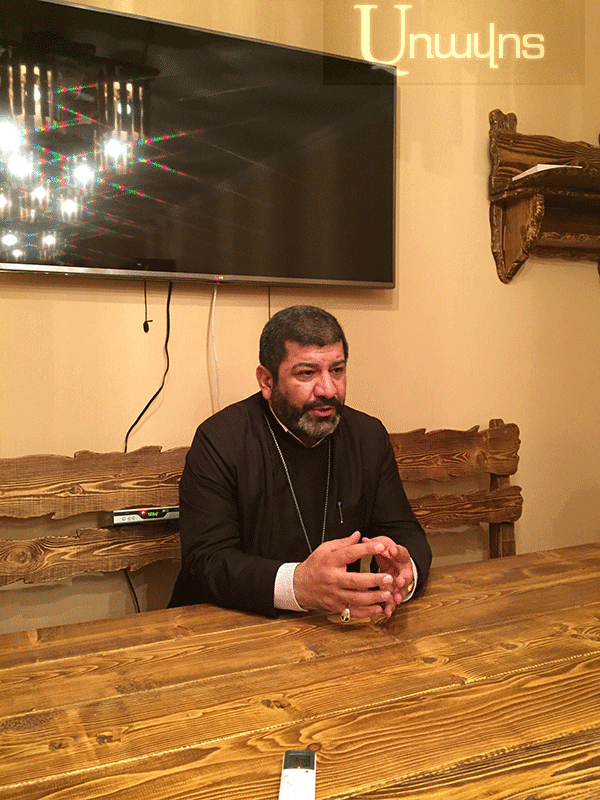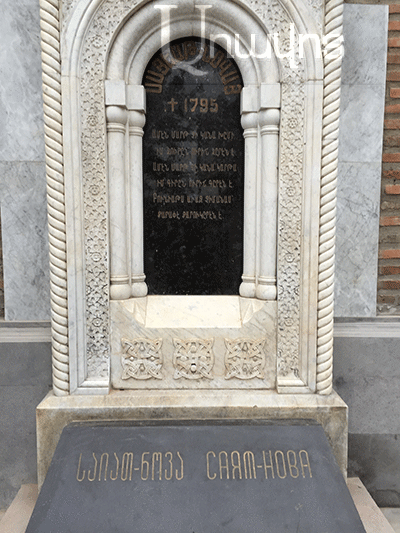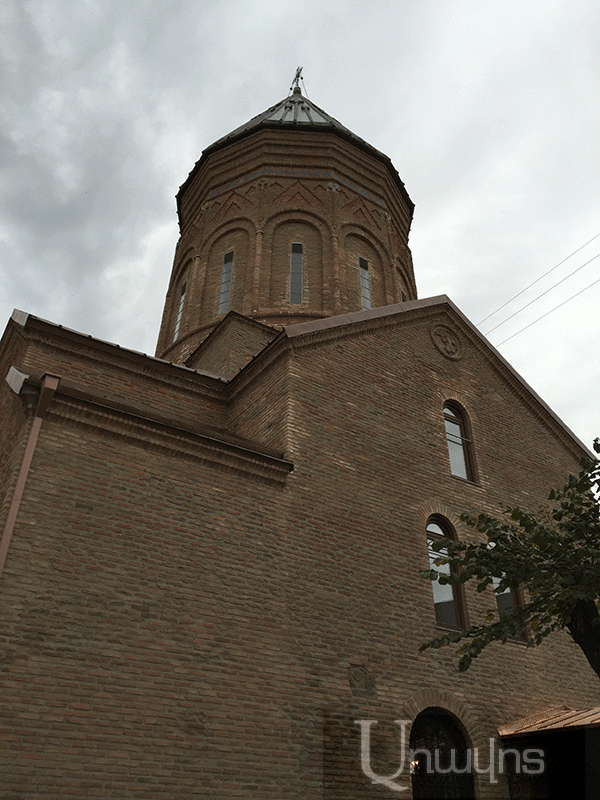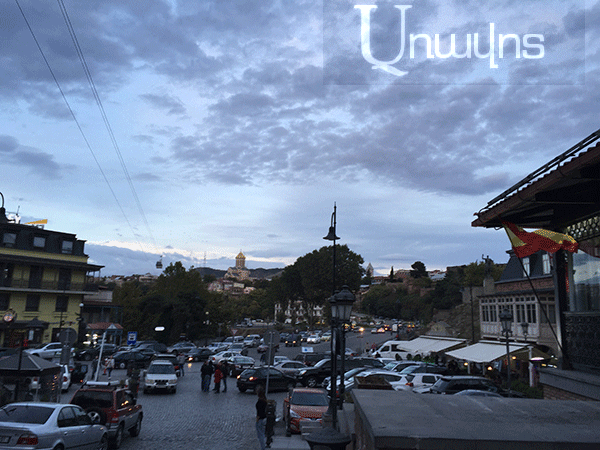Bishop Vazgen Mirzakhanyan nurses a hope that the issue of the return of Armenian churches will be resolved one day
Prelate of the Georgian-Armenian Diocese, Bishop Vazgen Mirzakhanyan is proudly talking about the St. Gevorg Vicarial Church. He emphasizes that the primacy is located in the heart of the old Tbilisi, where Vakhtang Gorgasal built the city. As for the Georgian-Armenian Diocese, the Bishop said, it is the oldest diocese outside Armenia, which during David the Builder obtained an independent status. There were times that the Norashen Church subordinated our Haghpat monastery, the abbot at the Haghpat monastery was the leader of several monasteries.
Georgia and Imereti Diocese has received a new breath especially during Nerses Ashtaraketsi period, known with Nersisian School foundation. “If we look at the glory of the past, we should have remained bent under the power of this glory, while we tend looking to the future,” says the leader of the Georgian-Armenian Diocese. He points out that the Georgian-Armenian Diocese has been a bridge between the Holy See and the Patriarchate of Georgia, this function continues even today. Note that Georgian-Armenian Diocese comprises the communities of Tbilisi, Javakheti, Adjara, Kvemo Kartli regions, active and inactive churches. The Georgian-Armenian Diocese continues demanding the return of Norashen Church of St. Mary, St. Nshan, Saint Gevork of Mughni Church, Yerevantsots Saint Minas Church, Shamkhoretsots Surb Astvatstatsin Karmir Avetaran Church, St. Nshan Church of Akhaltsikhe region that were confiscated during the years of Soviet power.
The Georgian authorities have not yet facilitated this demand, although repair works are underway in the St. Norashen Church in Tbilisi. Bishop Vazgen states that they are working with the authorities of Georgia, a full package of 20 churches with history, archival materials, maps, old and new photos were submitted for consideration and solutions. He states, “Two years ago, the UN Human Rights Committee made a decision on Georgia and urged with a message to return the religious institutions confiscated during the Soviet period, and if you cannot, then compensate it by the payment. And since 2014, the Georgian authorities have started to partially compensate 4 religious communities. For example, in 2015, this figure amounted to 600 000 lari for the Muslim, Catholic, Jewish communities and the Armenian Apostolic church.”
As worded by the Georgian-Armenian Diocese, the reconstruction of the 13th-century Church of St. Gevorg has an exceptional significance. “All the Armenian cultural figures know to us have prayed in this Church. Unfortunately, there are cracks on the Church. It was plastered in an indefinite way, the frescoes were in bad condition, they were left under the plaster and paints, now, the renovated Surp Kevork will be a new spiritual impulse for the Tbilisi Armenians and the whole Armenians in Georgia. It is a beautiful piece of architecture in Tbilisi. We consider this Church with its significance and frescos a pan-Armenian. There is almost no Church in and outside Armenia with such frescos.”
His Grace does not consider it a coincidence that the restoration of the Cathedral is an Armenian-Georgian initiative. He says with this initiative, it came to prove that the issue stands higher than the national or religious affiliation. He, however, nurses a hope that the legal status of actually functioning Armenian churches in Georgia will become more definite as there is already such a tendency. Already 70 mosques have been returned to the Islamic community, 240 more mosques will be returned, 10 synagogues – to the Jewish community. The other religious communities: the Armenian Apostolic Church, the Catholic Church, Germany and Baptist churches are still waiting for their turn.
Gohar HAKOBYAN




























































